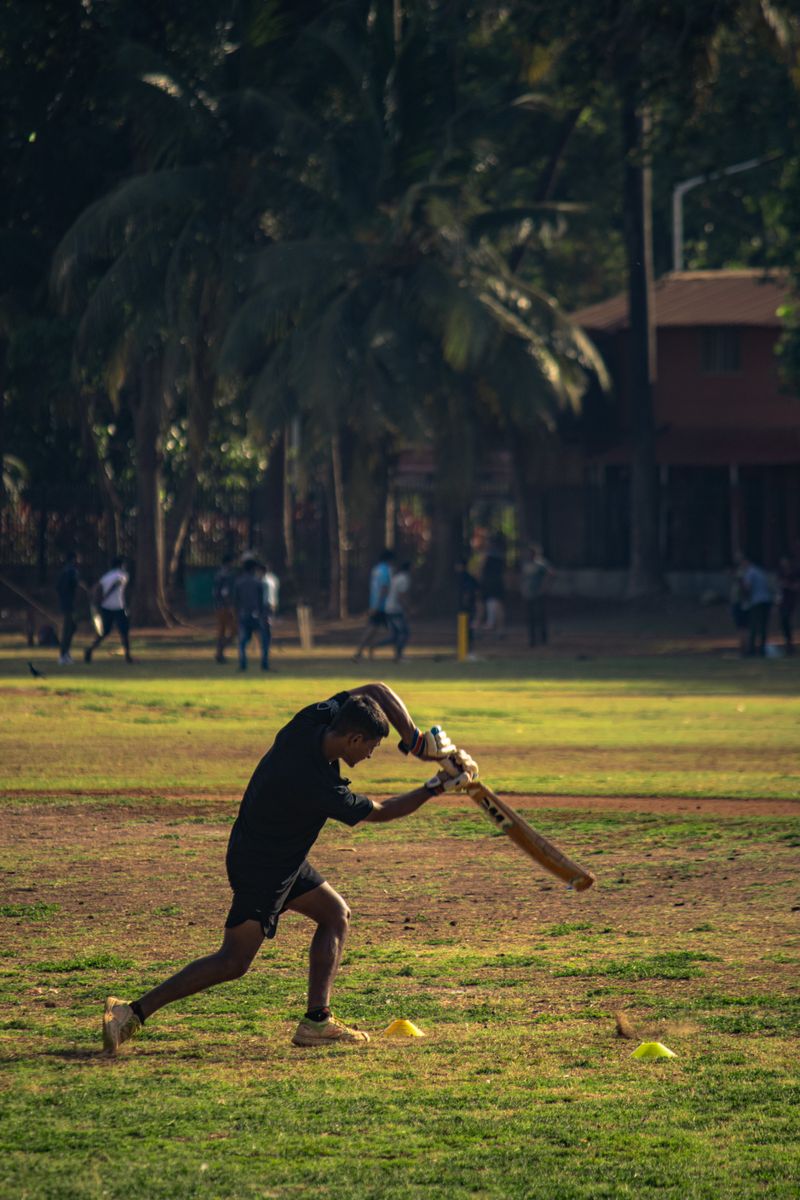India’s Long-standing No. 4 Dilemma: A Global Conundrum
India’s long-standing issue with the No. 4 batting position in One Day Internationals (ODIs) is not exclusive to the team. Rohit Sharma, the Indian cricket team captain, recently highlighted this problem and suggested that it has persisted since the retirement of Yuvraj Singh. However, if we examine the frequency of appearances, we’ll find that India has had four mainstays at No. 4 throughout its ODI history: Dilip Vengsarkar in the 1980s, Mohammad Azharuddin in the 1990s, Rahul Dravid in the 2000s, and Yuvraj Singh in the 2010s. Looking ahead to the 2023 World Cup, Shreyas Iyer is likely to fill the No. 4 position, followed by the wicketkeeper (either K.L. Rahul or Ishan Kishan, depending on the preference for a right- or left-hander), and two all-rounders (Ravindra Jadeja and Hardik Pandya). The reserve option in the middle-order is Suryakumar Yadav.
A Global Problem
The issue with No. 4 is not peculiar to India. In the 2019 World Cup, England used three different players in that position, while Australia tried out four. New Zealand and Bangladesh had the most stable batting performance from their No. 4 batsmen. Moreover, India’s struggles with No. 4 in that particular edition of the World Cup were not unprecedented. They had used five different players at No. 4 in the 2003 World Cup. However, the nature of uncertainty surrounding the position has changed since 2003.
A Blueprint That Worked: The Evolution of No. 4
The No. 4 role in modern cricket has been best exemplified by former England captain, Eoin Morgan. The changes in the game’s rules, particularly the powerplay (PP) rules modified in 2005, have played a significant role in shaping the No. 4 position. Prior to 2005, 23.4% of deliveries (11.4 out of 50 overs) in ODIs were delivered by batsmen in the top six. However, since the rule changes in 2015, only 6.5 overs out of 50 are being delivered by top-six batsmen. The reduction in fielding restrictions outside the powerplay overs has made it challenging for part-time bowlers to contribute to the fifth bowler’s overs. As a result, players like Yuvraj Singh, who were known for their all-round abilities, saw their bowling opportunities diminish. In the 2013 and 2017 period, Yuvraj played 29 matches for India but bowled only 31 overs since the rule change in 2012.
The No. 4 position has also seen an emergence of players who perform secondary roles, commonly that of the wicketkeeper. Mohammad Rizwan of Pakistan and Mushfiqur Rahim of Bangladesh are two players who have excelled in this dual role, providing versatility to their teams.
The Changing Middle Overs
Another effect of the fielding restrictions and rule changes is the impact on scoring rates in the middle overs of an ODI innings. Before 2005, the scoring rate between overs 11 to 40 averaged at 129 runs off the bat, while after 2016, this increased to 155 runs off the bat. In terms of wickets lost during this period, teams lost an average of 3.9 wickets before 2005, which increased to 4.1 wickets since 2016.
Prior to the powerplay era, the middle overs were a period of consolidation for the batting side. With five fielders allowed on the boundary, a stalemate often ensued, with the bowling side using up its fourth and fifth bowlers, and the batsmen milking runs against defensive fields. This encouraged the use of a steady accumulator at No. 4. Players like Inzamam-ul-Haq, Mahela Jayawardene, Damien Martyn, Rahul Dravid, and Kumar Sangakkara fit this mold perfectly during the early 2000s. They scored at a rate of 70 to 80 runs per 100 balls faced and were highly consistent. Since 2016, the new No. 4 role has been best embodied by Eoin Morgan of England and other top No. 4 batsmen who score at better than 85 runs per 100 balls faced. These players also take on secondary roles such as wicketkeeping.
India’s Search for the Correct Type of Players
India’s struggle to find a suitable replacement for Yuvraj Singh at No. 4 is not solely due to the lack of individual talent. Rather, it can be attributed to the rule changes that have transformed the No. 4 role and eliminated the traditional role that has been known throughout ODI history. The powerplay rules and subsequent changes have disrupted the middle-overs stalemate and forced teams to seek new efficiencies in both batting and bowling. As a result, fluid middle-orders consisting of a combination of bowling all-rounders, keeper-batsmen, and power-hitters have become the norm.
India has also embraced this approach in their team selection, with the middle-order from four to seven likely to include the wicketkeeper, two bowlers, and a batter. These players are not only capable of scoring quickly but are also superior to the part-time bowlers of the early 2000s. Hence, India’s struggle to replace Yuvraj Singh is not just about finding the right individual but also about finding players who can compete effectively under the contemporary ODI rules.
The Significance of Match-Ups
The fluid nature of the middle-order highlights the importance of favorable match-ups. A mixture of left- and right-handers in the middle order proves advantageous, just as having bowlers who can spin the ball away from both sides benefits the bowling side. India’s pursuit of Ishan Kishan as a left-handed middle-order option should be seen in the context of the team losing most of its left-handed batting with injuries to Rishabh Pant and the replacement of Shikhar Dhawan with Shubman Gill.
The Changing Landscape of ODI Cricket
It is evident that the ODI game has changed significantly due to rule modifications. The best teams have adapted their strategies to exploit the opportunities created by the new rules. India is no exception in this regard, as they have been seeking the most efficient approaches to succeed in ODI cricket. While the search for a suitable player at No. 4 continues, it is crucial to understand that the focus should not solely be on replacing Yuvraj Singh, but rather on finding players who can thrive under the contemporary rules and contribute effectively to the team’s success.
Overall, the No. 4 dilemma in ODI cricket is not limited to India but is a global conundrum that requires teams to constantly adapt and evolve their strategies. The new rules have reshaped the role of No. 4 batsmen, demanding a blend of versatility and efficiency. As teams continue to experiment and search for the right personnel, the success in the middle overs and the ability to exploit favorable match-ups will play a crucial role in determining a team’s performance in the ODI format.

<< photo by Phalansh Eeshev >>
The image is for illustrative purposes only and does not depict the actual situation.
You might want to read !
- Pounding Rain Turns New York City into a “Swamp City”: Flash Floods and Life-Threatening Deluge Paralyze the Big Apple
- The Ultimate Showdown: Unveiling the 2023 AFL Grand Final Performer
- Melodies in Intimacy: Sam Smith’s Captivating Tiny Desk Concert
- “India’s Cricket Conundrum: Choosing Between Washington, Ashwin, or Axar”
- A Dominating Display: Milne Takes Four Wickets as Bangladesh Stumble to 171 All Out
- “Selecting Suryakumar Yadav: A Bold Gamble or a Calculated Risk?”
- “High Stakes and Doughnuts: Penn’s Multimillion-Dollar Gambles and Tasty Investments”
- “Famous Tree Scandal: Controversy Surrounds Arrest of 16-Year-Old at Sycamore Gap”
- “KISS Shakes Up MCG: AFL Grand Final Crowd Split”
- “Battle of the Rising Stars: Jessica Pegula Triumphs over Marketa Vondrousova in Thrilling Showdown”
- Swinging Success: Liam Broady’s Sensational Wimbledon Triumph
- A Clash of Titans: North Macedonia Challenges Italy in EURO 2024 Showdown
- Argylle: The Unlikely Merging of Kingsman and Barbie
- “From Wizardry to Warbling: Unleashing the Versatility of Michael Gambon”




